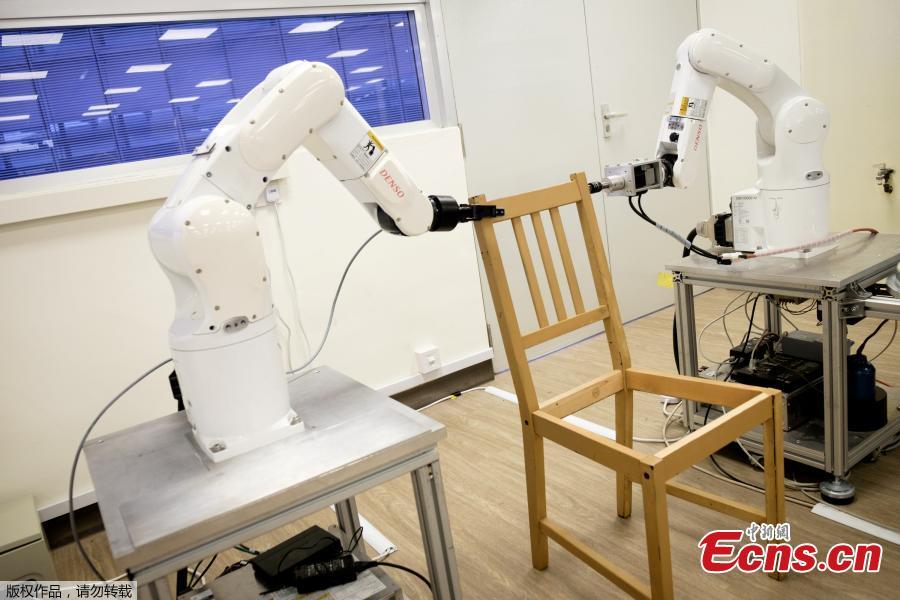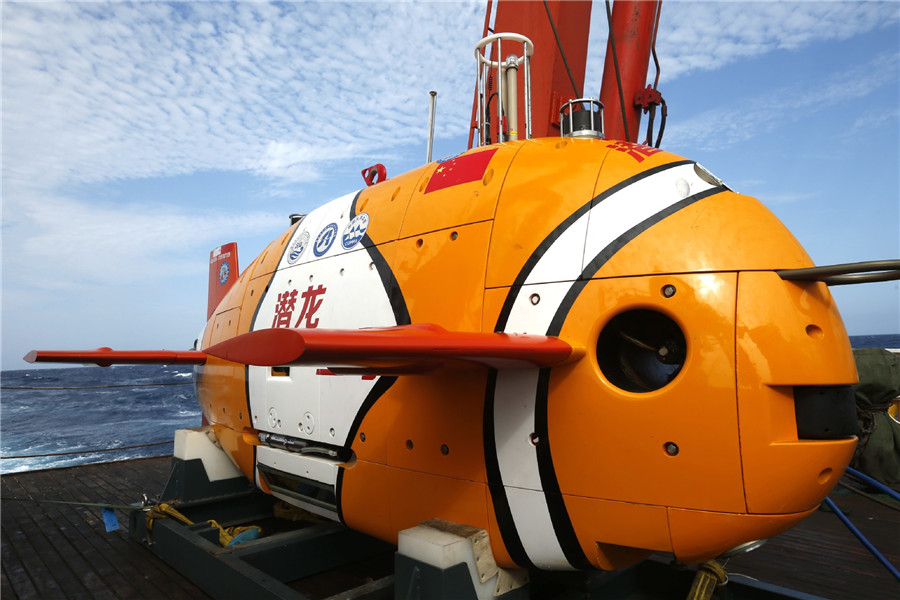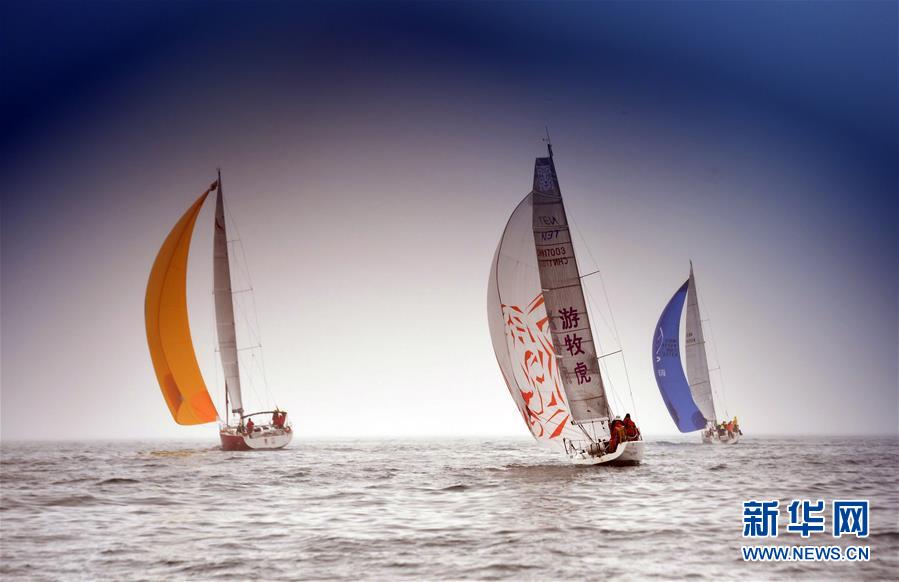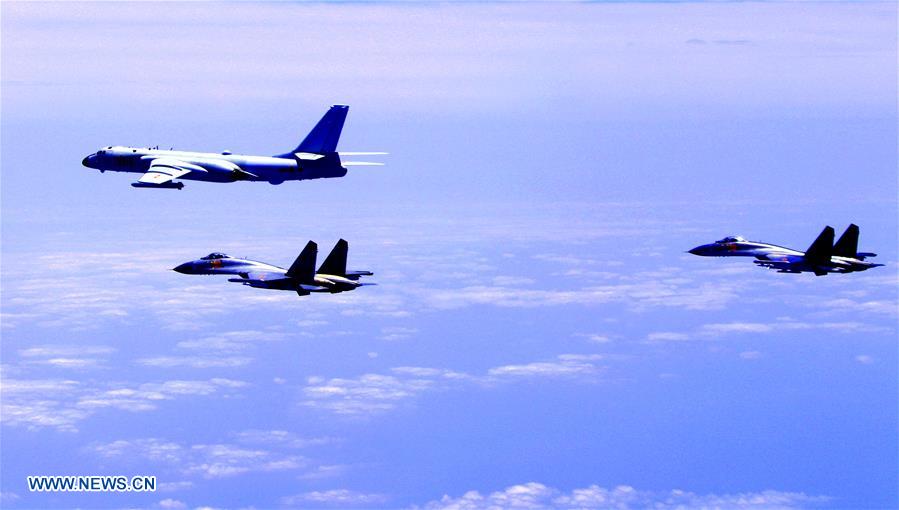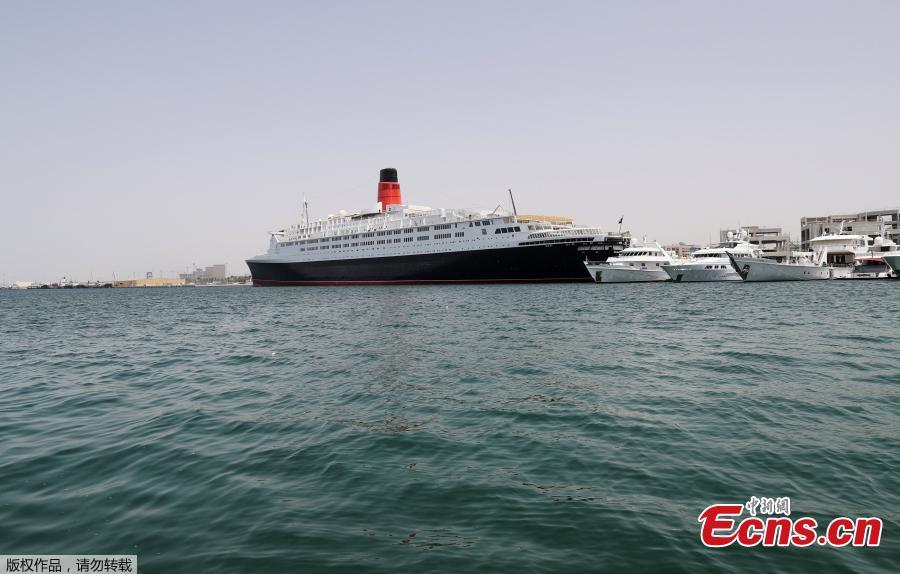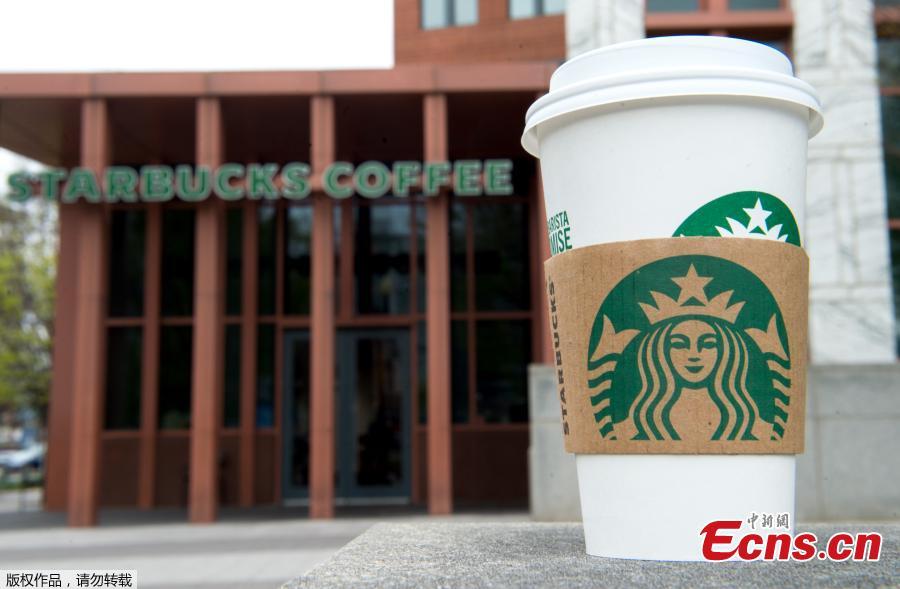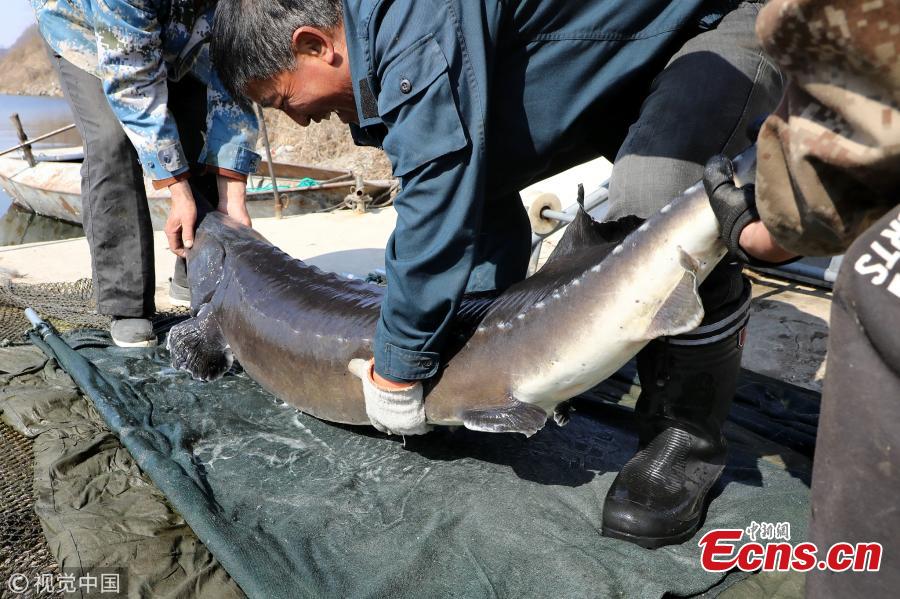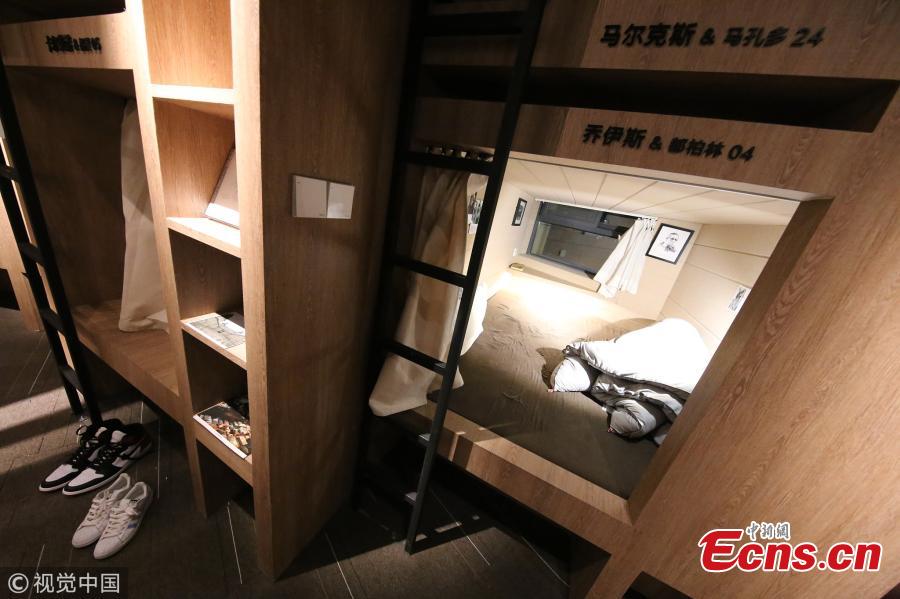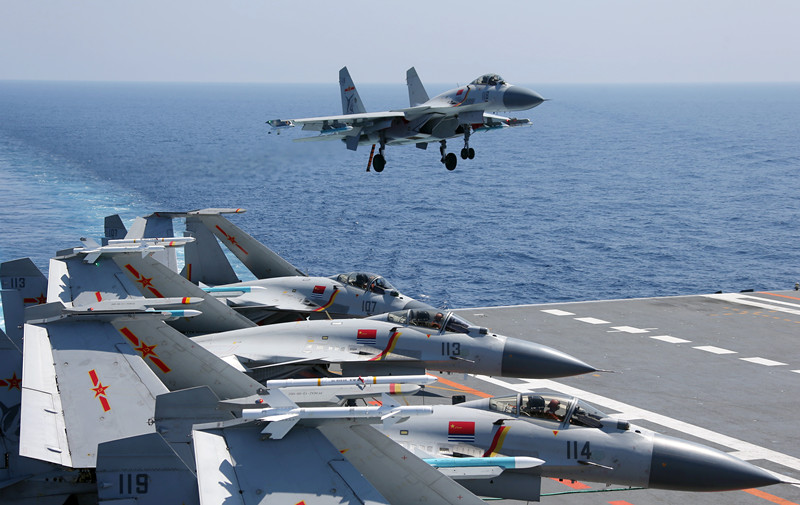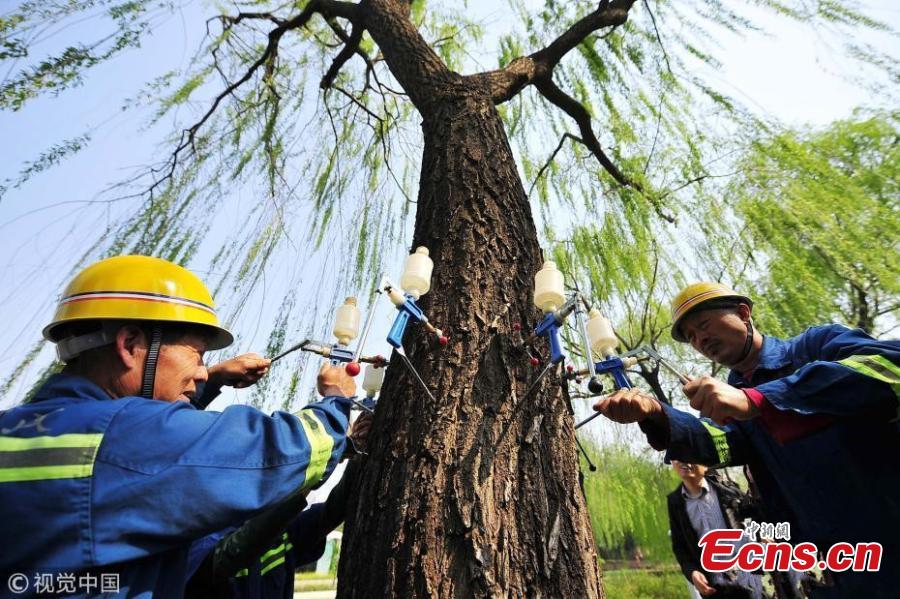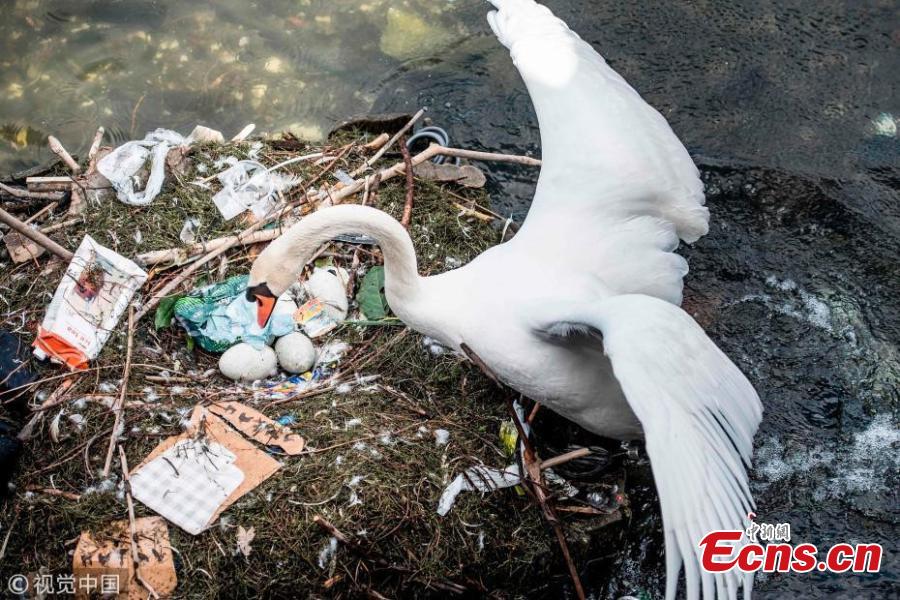Satellite technology to provide Wi-Fi on board planes has matured to a point where more and more airlines are looking to use it, triggering a "gold rush" among suppliers.
That brings opportunities for a vast array of companies, from satellite firms such as Viasat and Inmarsat, to connectivity providers such as Gogo, Global Eagle and Panasonic Avionics, to software and hardware companies such as Lufthansa Systems and Lufthansa Technik.
"It's like a gold rush feeling at the moment," Jan-Peter Gaense, head of passenger experience products & solutions at Lufthansa Systems, said at the Aircraft Interiors trade fair in Hamburg this week.
But as competition for a slice of the business intensifies, Gaense foresees a wave of mergers very soon, predicting that out of around 17 connectivity companies around today, only a handful would remain in the future.
Some are hitting bumps on the way. Gogo started with air-to-ground services but is now offering a satellite-based service. Customer American Airlines is de-installing Gogo systems in favor of Viasat after performance problems with the older ATG systems, which will weigh on Gogo's revenues this year.
"It's competitive but competitive in a growing market. It makes you all the more agile, keeps you on the edge of innovation," Gogo's Chief Technology Officer Anand Chari said at the Hamburg event, which drew a host of industry players.
Gogo is already looking into how it can make its existing hardware suitable for the next round of technology, which could see lower-orbit satellites come into play.
Satellite company Inmarsat has had to cut its dividend so it can invest in in-flight Wi-Fi and its shares have been hit as investors worry that the business won't be as lucrative as once hoped.
"Everybody's trying to grab a piece," Panasonic Avionics' Chief Technology Officer David Bartlett said.
"This will separate the companies who are in it for the long haul, who can sustain a business, which are financially viable."
Scrambling
According to a 2018 report by Routehappy, which provides information on flight amenities, Wi-Fi is now accessible on 43 percent of all available seat miles worldwide, up 10 percent from early 2017.
Best Wi-Fi, which Routehappy classes as comparable to a home connection and capable of streaming media, is now available on 16 percent of available seat miles worldwide, more than double the figure from 2016.
"The technology has finally matured to the point where airlines aren't as apprehensive to pick the latest generation of technology," said Jason Rabinowitz, director of airline research at Routehappy.
"Airlines are cost-conscious and they prefer to know it's not going to need replacing in two years," he said.
The technology doesn't come cheap. Lufthansa Systems says it costs several hundred thousand euros just to install the systems, never mind buying the bandwidth or maintaining it.
Airlines can make money on the systems by signing up sponsors, as JetBlue did with Amazon, to make broadband free for its passengers on board, or by charging passengers, which is still commonplace unlike in hotels.
Having passengers connected to their software platforms on board also gives airlines a chance to drive ancillary revenues via onboard retail or via booking restaurants and taxis from the plane.
Inmarsat cited a recent study by the London School of Economics, which forecasts that broadband could bring airlines an extra $30 billion in revenue from ancillary services by 2035, almost doubling their profits.
Airlines can use broadband connectivity to make savings on maintenance for example, by ensuring that spare parts can be requested en route and made available when the plane lands to minimize the amount of time the jet spends on the ground.
Panasonic Avionics in Hamburg also unveiled a new partnership with onboard catering and retail company Gate Group, which aims to help airlines cut costs by analyzing data to help them more accurately predict which food and shopping products they should stock, reducing weight and waste.















